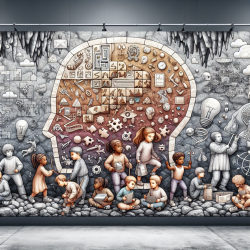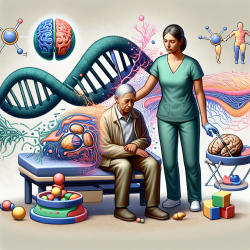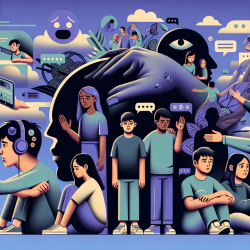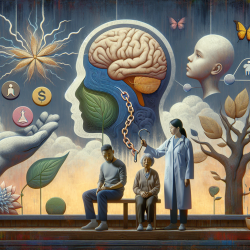Empowering Young Minds: Insights from Ancient Trauma
In the realm of speech-language pathology, understanding the nuances of brain injuries and their long-term effects on children is crucial. A fascinating study, "Earliest Cranio-Encephalic Trauma from the Levantine Middle Palaeolithic: 3D Reappraisal of the Qafzeh 11 Skull," offers insights that can enhance our approach to therapy. This research examines a 90,000-year-old skull, revealing the impact of cranial trauma on an individual's life and social care. The implications of this study are profound, providing a historical context that can inform modern therapeutic practices.
The Study: A Glimpse into the Past
The Qafzeh 11 skull, belonging to a young individual from the Middle Palaeolithic era, presents evidence of a healed cranial trauma. Using advanced 3D imaging techniques, researchers identified a depressed fracture in the frontal bone, suggesting a traumatic brain injury (TBI). This injury likely resulted in neurological and personality changes, impacting the individual's social interactions and cognitive abilities.
Implications for Modern Practice
For practitioners in speech-language pathology, the study underscores the importance of understanding the long-term effects of pediatric brain injuries. Here are some key takeaways:
- Early Intervention: Identifying and addressing brain injuries early can mitigate long-term cognitive and social impairments.
- Holistic Approach: Consider the psychological and social aspects of brain injuries, not just the physical symptoms.
- Data-Driven Decisions: Utilize advanced imaging techniques to assess the extent of brain injuries and tailor interventions accordingly.
Encouraging Further Research
This study highlights the need for ongoing research into the effects of pediatric brain injuries. By examining ancient cases, we can gain insights into the resilience of the human brain and the importance of social care in recovery. Practitioners are encouraged to stay informed about the latest research and incorporate these findings into their practice.
To read the original research paper, please follow this link: Earliest Cranio-Encephalic Trauma from the Levantine Middle Palaeolithic: 3D Reappraisal of the Qafzeh 11 Skull, Consequences of Pediatric Brain Damage on Individual Life Condition and Social Care.










